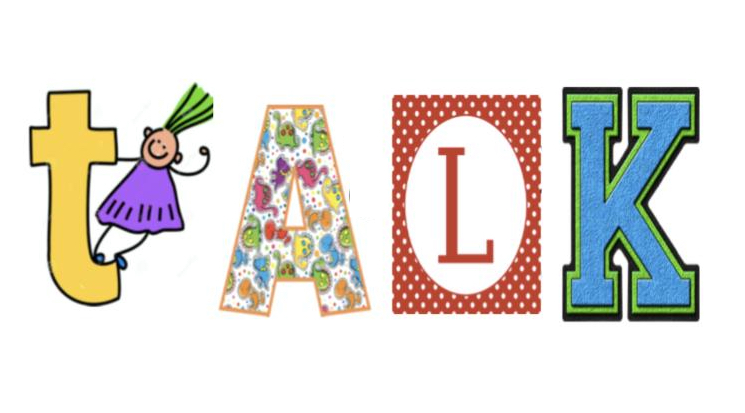Quickwrites

Your language-teaching mission, should you choose to accept it, is to encourage students’ creativity and writing skills, as well as lessening their anxiety about making mistakes, by using quickwrites.
This is a repost of a blog that was originally posted on www.lessonimpossible.com. Lesson: Impossible is a blog for language teachers and a podcast for all teachers, K-12. Resources mentioned below are available for download (free!) on the original post.
Have you ever given students ten minutes to write, only to realize that they’ve only written three lines? It’s not that they’re being uncompliant, they just “don’t have any ideas”, or, for many students with negative language-learning experiences, they are scared to write anything if it’s not perfect. This is where getting into the habit of doing a “quickwrite” is useful!
I love starting a class with a quickwrite, especially if we’re not starting with a sharing circle. It eases us into the day, and gets us in that French mindset. It’s also a great reminder for students, because I repeat it again and again, that it’s about communication and not about being exact! If students don’t know a word, they don’t stop and look it up, they just put it in English between brackets or virgules, and look it up or ask after the quickwrite is done. The whole idea is fluidity of thought, not worrying about mistakes, and realizing how much you actually know when you’re pushed for time!
If we’re going to be talking about specific content, it’s also a great way to get the students thinking about ideas. For example, I do a technology unit, and there are A LOT of great discussion questions: where measure of privacy should we expect? how should we treat robots when AI inevitably become sentient? Is the use of parental controls fair? And on and on. For the students who don’t like spontaneous discussions, and need time to ruminate before speaking, putting it all down in a quickwrite is a way to put them at ease.
So what are some good quickwrite prompts?
- An ethical conundrum or serious question (see above)
- Put up an interesting photo or meme, ask students to describe it (adjectives!) or create a story around it (tenses!)
- Watch the first three minutes of a short film, have students finish the story. Then, when it’s over, watch the rest of the film and compare in small groups how their own stories were similar or different. Most of the time, students’ stories are equally as good or better!
- Do a quickdraw first where students draw a picture. Then, after exchanging the drawings with a partner, describe or narrate the other person’s drawing
- It’s not technically a quickwrite, but something similar that I love doing is the Telephone Pictionary game. It’s always fun, quick, and makes for a great opening to class filled with laughter.
- Also similar are other ways of generating visual ideas for students to inspire each other (and have some kinetic fun!). For example, students can make shapes or mini-scenes with pipe-cleaners (thanks Vanessa Drew for this idea!), found objects in the class, or even with play-doh. You’d be surprised how much senior students get into this, having not had the opportunity to play around like this since elementary school!
- Pull three to five unit vocab words from a hat that students need to use in a story
- Literally anything that gets them writing!
What do we do with them when the ten (or however many minutes you choose) are up?
- A question prompt can be a lead-in to a discussion, and it lets students know where the gaps in their vocabulary are so they can look up words before they start talking
- Students can be given time to edit and then reflect on areas they need improvement on
- If you gave students explicit instructions of what to include (for example, they need to use as many transition words as possible and they are allowed to use a list of transition words if they need it) you can have a competition where they count them and you see who had the most of whatever it was
- Exchange with another student for them just to read or for them to edit or give feedback
- SUMMATIVE FEEDBACK FOR/FROM ME
- Often, I’ll have students focus on one thing only and I’ll give them feedback only on that one thing. This is good for me, because I don’t need to do a lot of marking, just looking at one aspect of students’ writing. They are less nervous because I don’t care about anything else they’re writing (this can be hard because when I see an error that is unrelated to the one thing I said I would look for I just really, really, really want to correct it. However, I refrain, because I want students to trust me and not feel constantly judged). I will ask students to highlight or underline that one thing, for example adjectives, and then I can also see that they know what they are supposed to be doing (if they also highlight adverbs, then we need to revisit definitions!) and then give feedback just on those things. IF I have time, I’ll also respond to their writing itself, like commenting on the story, but this is just a ‘quickmark’ for me!
- If there is a concept that students are struggling with, having TWO highlighter colors can be a great communication between you and the student. For example, they highlight or underline in yellow all the adjective uses that they are confident in, but highlight or underline in green all the adjective uses they think might be wrong. That way you see where the common issues are, but also where students think their issues are! This also gives them permission to make mistakes even on the things you’re looking for. If they’ve been scared to use the adjective “vieux” because they’re unsure where it goes or how it changes, now’s the time to go for it! (This is a true story for me… I still prefer “agé” so I can think less about it!)
- For this purpose, I have students do their quickwrites in a journal that they use just for my class. A lined student notebook will get half-filled over a semester with quickwrites and other activities. Some students keep the journal over a few years of French and it’s really cool to see that long term progression! Once I’ve looked at the quickwrite I will put a sticker or a stamp (I have a large collection of stamps). This way if there’s no corrections to be made, but I don’t have time to personally respond with a sentence, students still know that I’ve looked at it!
- I even will use quickwrites prior to the writing sections on tests where there is a long writing component. Students get draft paper to get all their ideas out first, then they write on the official test paper. In these assessments I use a rubric that we’ve used to self-assess our previous quickwrites so that it’s not unfamiliar. (See original post for an example where students choose one writing prompt to respond to. They are all types of prompts that we have practiced in class).
How do you use quickwrites in your classes? How long do you usually give students? Feel free to comment!
Recommend0 recommendationsPublished in Leadership Voices






Responses